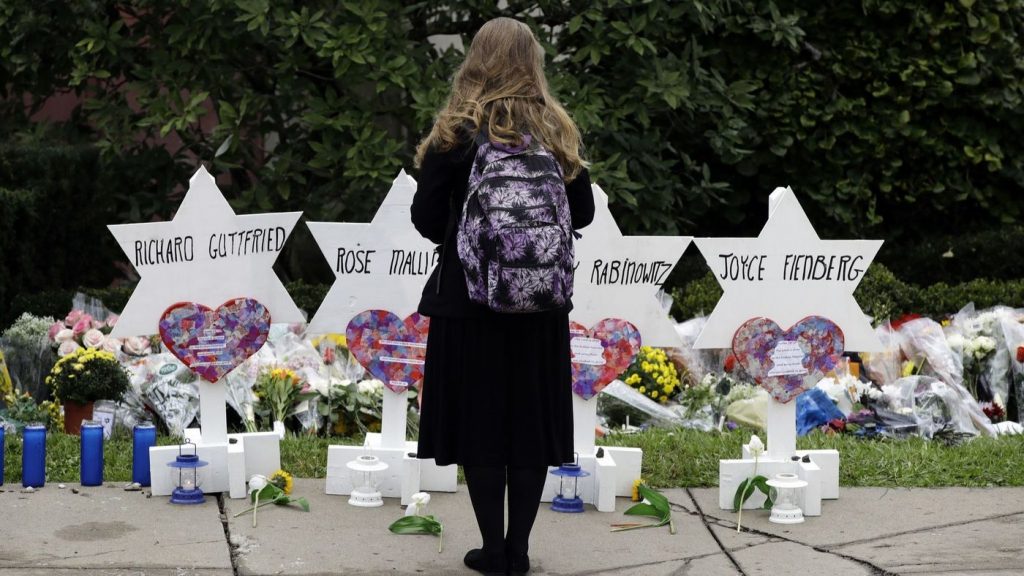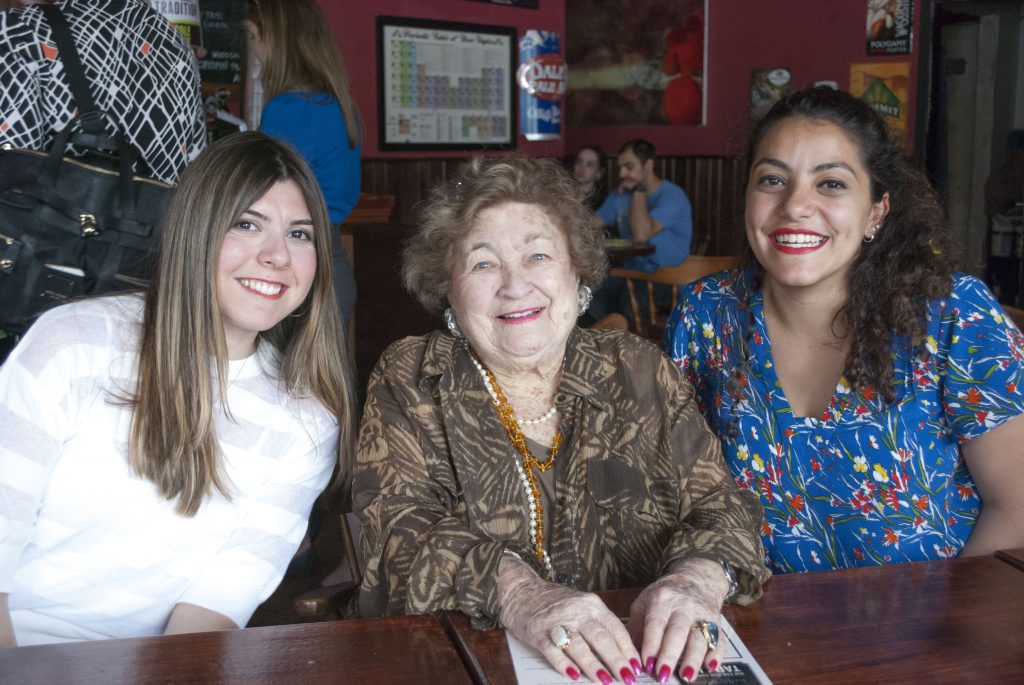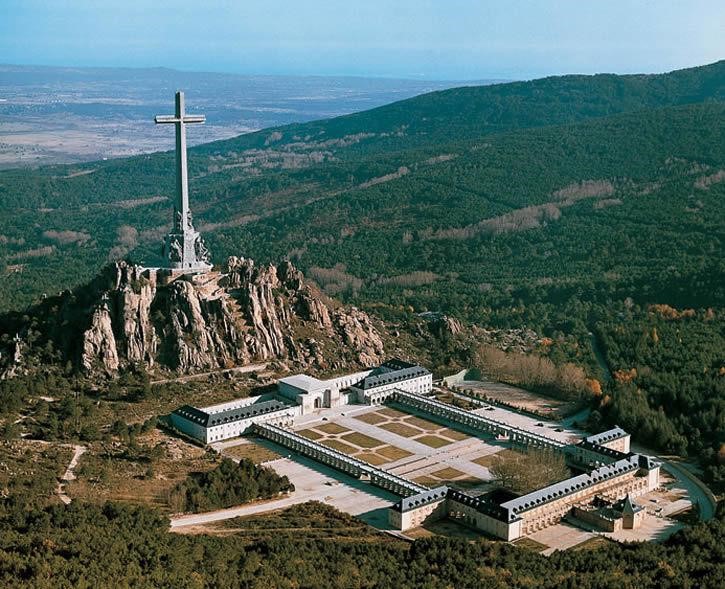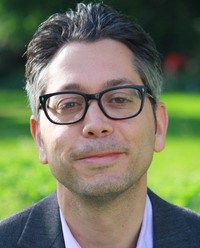The Enemy arises as an immemorial figure of our imaginations. The Enemy, also named the Adversary, relating to the biblical figure of Satan, is located at the heart of the European, Mediterranean and Middle Eastern pre-modern worlds and cultures, playing a very central role in the three monotheisms: Judaism, Christianism and Islam. Satan is a prototypical figure of temptation, setting doubt and disorder. Also known under the name of Lucifer, “the bringer of dawn” or “the morning star”, he is the former purveyor of light who became a fallen angel. His rebellion and ban have been exemplary sung and narrated by the British poet John Milton in Paradise Lost (1667). He has been celebrated two centuries later as the “Prince of Exile” by the French poet Charles Baudelaire with “Les Litanies de Satan” in Les Fleurs du Mal [The Flowers of Evil] (1857). This figure can overtake different forms, faces, or genders. Lilith, the female demon, who has the capacity to take the shape of diverse nocturnal animals, is already present in different Sumerian, Assyrian and Babylonian traditions (see for instances Myths of Babylonia and Assyria by Mackenzie, 1915). This adversary, previously known as a light bringer, eventually condemned by divine justice to an unending exile both physical in spiritual, could be an impeccable metaphor reflecting the uses and misuses of ideologies and identities and the very important function that affects and emotions are playing out within the realm of reason, which, like our worldviews and understandings, is incredibly limited. As Gershom Scholem reminds us in the Jewish Kabbalistic tradition, Satan, or evil, is the product of a crisis ascending through the severity of divine judgment. Its advent occurs during the development of that great fire of anger that burns in God, which is normally tempered by his mercy. But when the latter is no longer sufficient to appease this pruritus, an imbalance operates, an energy exhales and breaks away from the divine, finding its own autonomy, that is “evil” (Scholem, Major Trends in Jewish Mysticism, 563). This dialectic between evil and freedom has been highlighted by the German philosopher Rüdiger Safranski in his 1999 essay Das Böse, oder Das Drama der Freiheit [Evil, or the Tragedy of Freedom]. Freedom, free will and the issue of establishment of norms and laws are inseparable from political action, something that essentially defines power as Michel Foucault states. In his “Critique of Violence” essay written in 1921 during the first years of existence of the Weimar Republic in defeated Germany, Walter Benjamin questions the relationships between divine violence, justice, and power in a secular society: “Law-making is power-making, and, to that extent, an immediate manifestation of violence. Justice is the principle of all divine end-making, the power of the principle of all mythical law-making.”
more...


 Fern and her late husband Bernard established the Badzin Fellowship in Holocaust and Genocide Studies, which has supported for the last decade graduate students in the College of Liberal Arts committed to research in the field. Bernard and Fern also created the Badzin Lecture Series fund, helping to bring renowned experts to campus.
Fern and her late husband Bernard established the Badzin Fellowship in Holocaust and Genocide Studies, which has supported for the last decade graduate students in the College of Liberal Arts committed to research in the field. Bernard and Fern also created the Badzin Lecture Series fund, helping to bring renowned experts to campus. 
